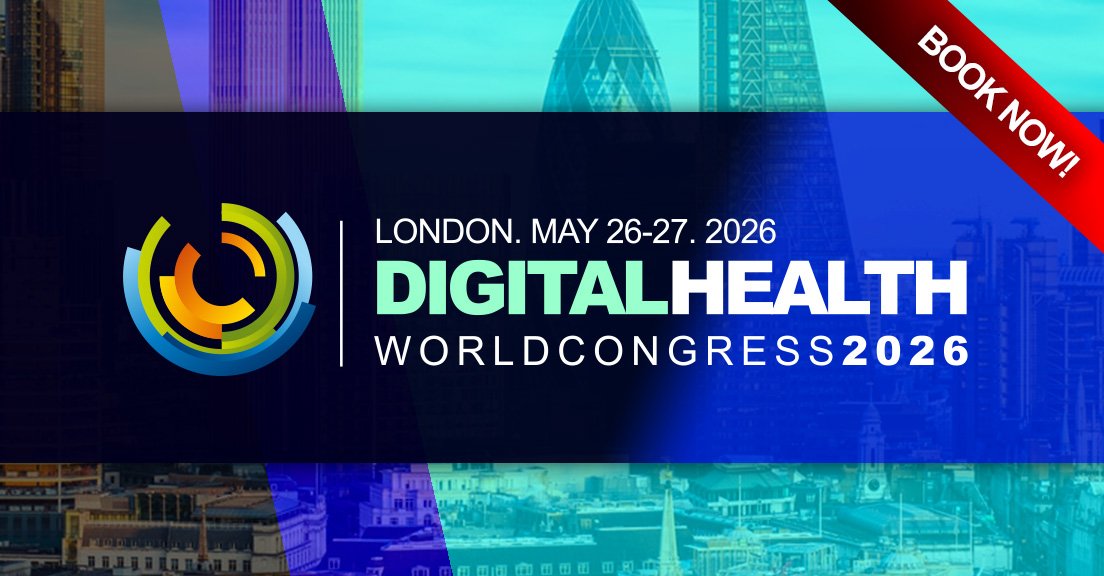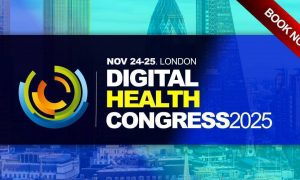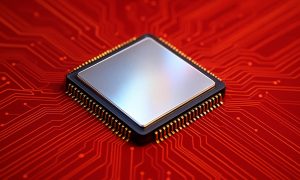

By Mark Gannon, Director of Client Solutions at Netcall
| The use of IoT devices within the public sector is growing rapidly, presenting opportunities for greater efficiency, cost savings, and vast service improvements among a plethora of other benefits. From transportation, infrastructure and even waste management, the ability to monitor and capture data in a range of critical areas has the power to transform organisations across the sector. Health and Social Care is one setting where IoT devices can drive real impact by significantly improving the day-to-day lives of vulnerable people. In fact, late last year, it was announced that the Glasgow City Region would receive over £3 million to deliver a Health and Social Care-focused project driven by IoT technologies, as part of wider 5G connectivity funding to make public services better. Remote sensors can be used within social housing to detect and control factors such as damp and mould whilst motion sensors can alert emergency services if a vulnerable resident has fallen – not only helping to provide better care, but enabling care to be delivered more efficiently and rapidly to those that need it. With public sector spending under constant scrutiny, and wider budget cuts increasingly forcing those operating in the sector to achieve more with less, technology that can easily connect and exchange data from device to system, removing a number of manual workflows and processes, is proving invaluable. Taking that one step further, being able to leverage that data and turn it into actionable insights in the future is fast becoming an exciting reality. So, what’s holding the public sector back from leveraging IoT devices in this way? The short answer: Data. Managing IoT-associated data adds a layer of complexity to those responsible for it. With IoT devices typically uploading data multiple times a day, analysing, and actioning the torrents of data can soon become a mammoth task. Fortunately, the application of AI alongside IoT is rapidly being recognised as a key solution to this rising data deluge. Not only can it ease the administrative burden by ensuring the IoT devices and any associated workflows are working effectively, but it can also be used to spot any trends and patterns within the device data. Insights such as these can inform longer-term solutions and decisions whilst also acting as predictive analytics to anticipate the likelihood of certain events occurring in the future. |
| //Jennie Floyd Senior Account Manager Berkeley Communications t: 0118 909 0909 e: Jennie.Floyd@berkeleypr.com |



























